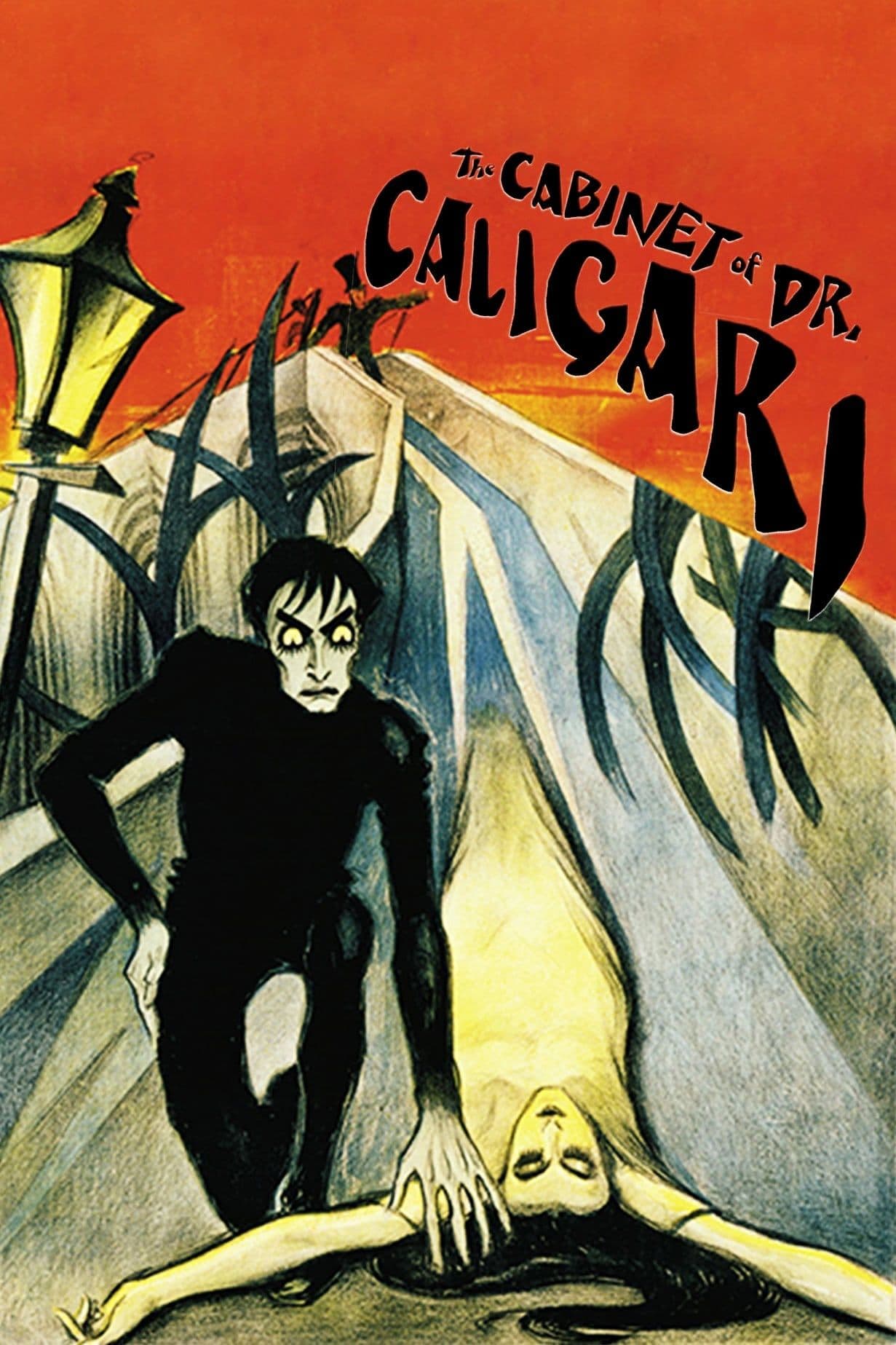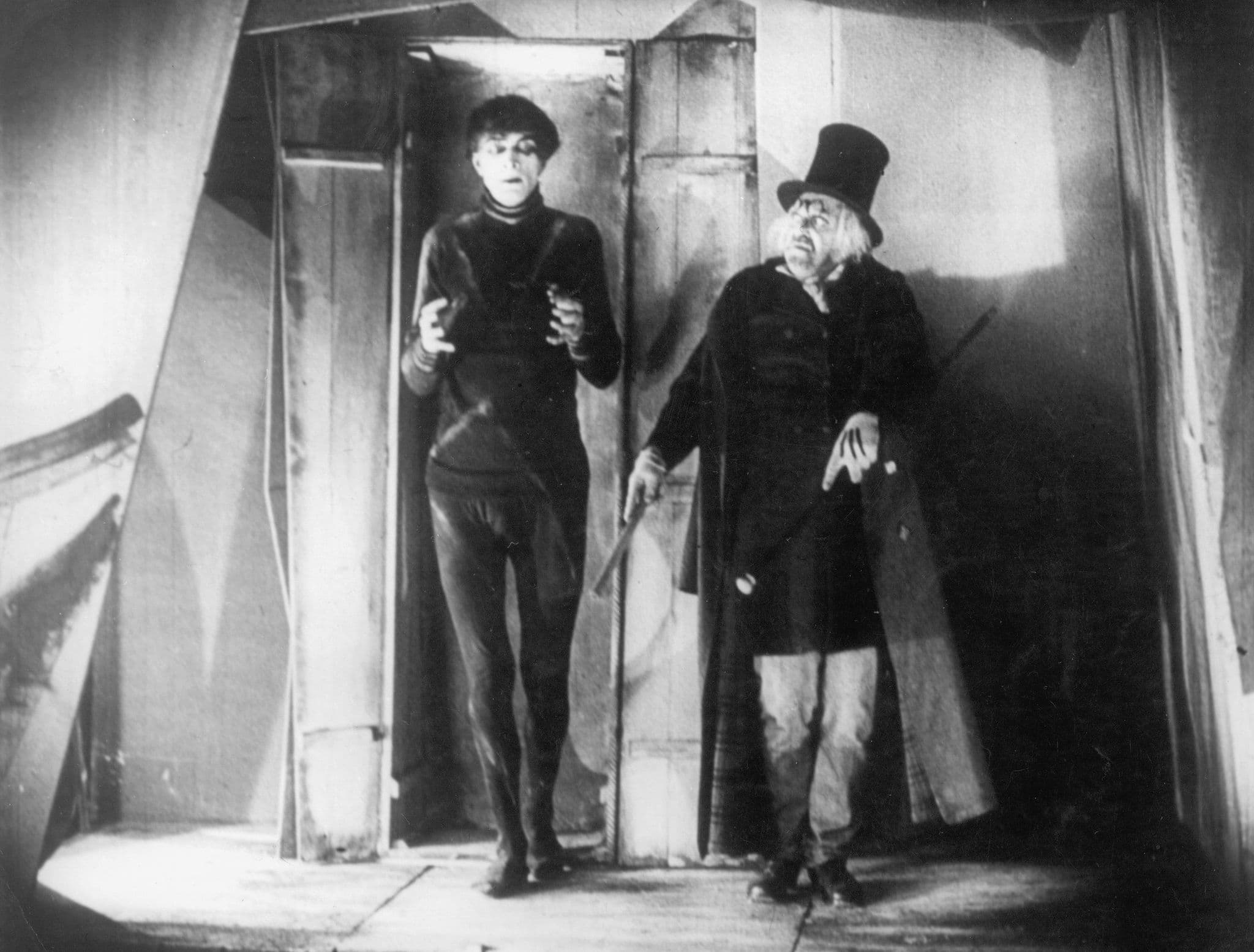
The Cabinet of Dr. Caligari
1920
Rate this movie
Average: 5.00 / 5
(1 votes)
Director
Wiene's work has influenced the imagination of filmmakers for so long and so persistently that elements of his "Das Cabinet" can be found to this day, paying a debt of gratitude to what is rightly considered to this day the Expressionist archetype of the horror film. The influence of this film on subsequent cinema is indeed undeniable. Its dark atmospheres, expressionistic shots, fragmented narration, and use of the Double have inspired generations of filmmakers: from Murnau to Lang, from Hitchcock to Lynch, countless directors have drawn from this rich vein. Of all the narrative stylistic devices used by Wiene, the most interesting and innovative is precisely the theme of the Double. When referring to the "use of the double" in a narrative, cinematic, or literary work, it refers to a narrative device that consists of the presence of two characters or entities closely linked to each other, often sharing physical or psychological characteristics, but with distinct identities. This mechanism can take on different forms and fulfill various functions within the narrative. In Wiene's specific case, the double takes on a particularly complex and nuanced meaning, with multiple layers of interpretation. Cesare as Caligari's Double: The somnambulist Cesare can be seen as a kind of alter ego of Dr. Caligari. Both are devoid of free will and are manipulated by external forces (Caligari for Cesare, the doctor for Caligari himself). This duality emphasizes the theme of manipulation and control, as well as the difficulty of distinguishing between reality and appearance. The double as a reflection of the unconscious: Cesare also represents Caligari's unconscious, his darkest and most violent impulses. Through Cesare, Caligari can act impulsively and satisfy his most forbidden desires without having to face direct consequences. Finally, the double as a projection of fears: The figure of the double can also be seen as a projection of the fears and anxieties of the protagonist or of society as a whole. In this sense, Cesare embodies the deepest fears of the citizens of Holstenwall, the fear of madness, violence, and the unknown.
The story opens with a young man narrating his terrible experience in an asylum. It is not known whether the young man is an inmate or a doctor. The story, through a sudden flashback, takes us back to a fair in the town of Holstenwall where the self-proclaimed Dr. Caligari exhibits to the public a somnambulist capable of predicting the future. The young man, in the company of a friend, questions the seer, and he predicts to the friend that his life would end at dawn the following day: it will be the beginning of a nightmare in which death and loss of reality will dance inexorably together. The prophecy indeed comes true, plunging the community into panic and fueling rumors of a dark conspiracy. The young man's friend, determined to discover the truth, begins to investigate Dr. Caligari and Cesare. As the investigations proceed, disturbing details emerge about the nature of Dr. Caligari and his control over Cesare. The man, with his empty eyes and uncertain gait, becomes the symbol of madness and the unconscious. Manipulated by Dr. Caligari, he transforms into an instrument of death and destruction, sowing terror among the inhabitants of Holstenwall.
Wiene succeeds in transforming the most violent emotions into evolving images, creating a kind of suspended sensation, a freezing of reason. Madness is not what rejects the rational, but what circumvents it in the most insidious and invisible way. Through the use of powerful images and ambiguous narration, the film invites us to reflect on the very nature of reality, on the fragility of the human mind, and on the thin line that separates the sane from the insane, the rational from madness.
Country
Gallery



Featured Videos
Official Trailer
Memorable Scene
Comments
Loading comments...